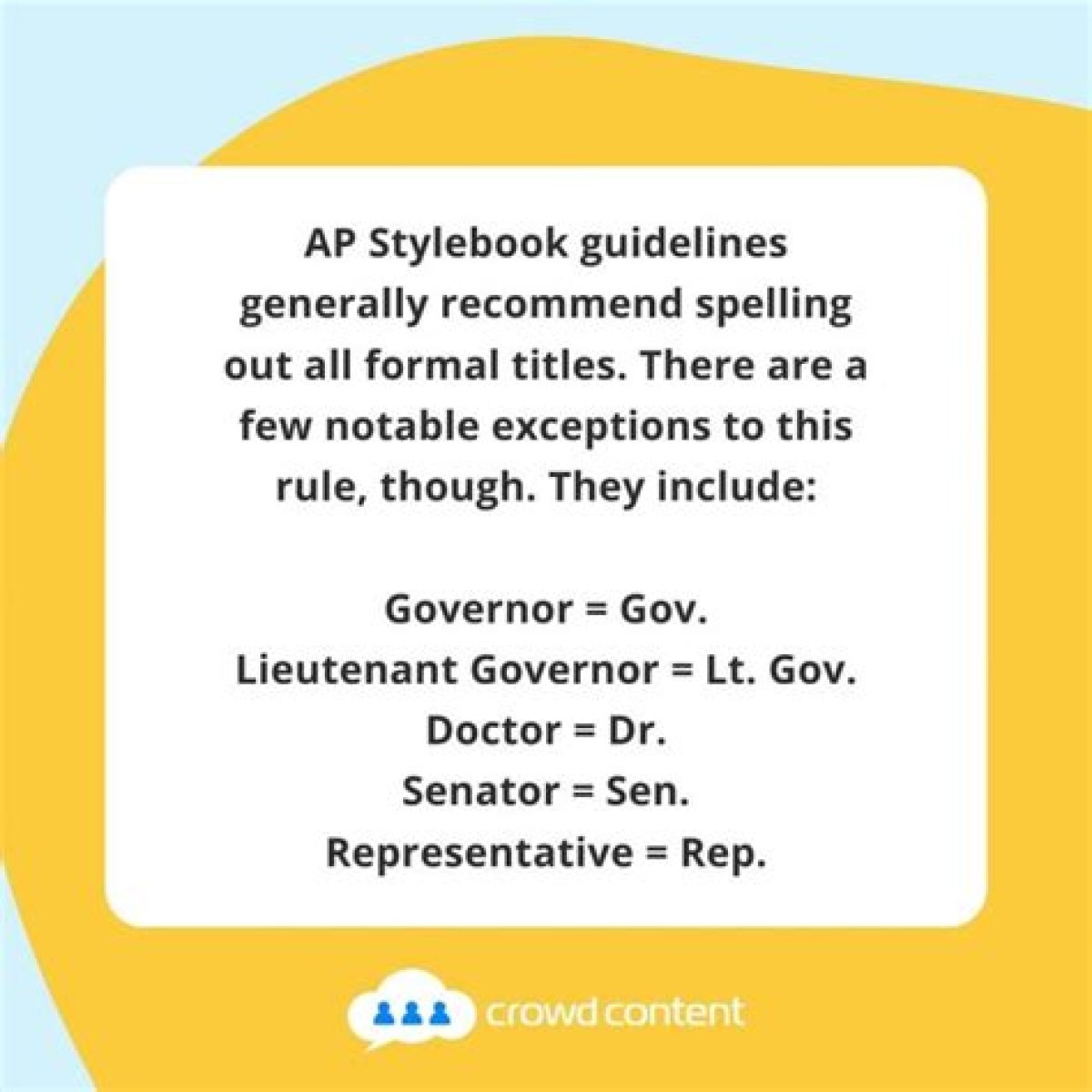Whats the deal with the ampersand?
The ampersand (&) is a logogram that represents the conjunction "and". It is commonly used in formal writing, such as in the names of companies and organizations, and in legal documents.
The ampersand has a long history, dating back to the 1st century AD. It is thought to have originated from the Latin word "et", meaning "and". Over time, the letters "e" and "t" were gradually merged together, eventually forming the ampersand we know today.
The ampersand is a versatile symbol that can be used in a variety of contexts. It is often used to save space, as it takes up less room than the word "and". It can also be used to add a touch of formality to a document. In some cases, the ampersand is even used as a decorative element.
While the ampersand is a common sight in formal writing, it is important to use it correctly. The ampersand should only be used when it is absolutely necessary. Overusing the ampersand can make your writing look cluttered and unprofessional.
ap style ampersand
Introduction
The Associated Press (AP) style guide is the standard for writing and editing in journalism. It provides guidelines on everything from grammar and punctuation to capitalization and spelling. One of the most important rules in the AP style guide is the use of the ampersand (&).
Key Aspects
- The ampersand should only be used in the names of companies, organizations, and law firms.
- It should not be used in the names of individuals.
- It should not be used in the text of a story.
Discussion
The reason for these rules is simple: clarity. The ampersand is a symbol that can be easily confused with the word "and". By only using it in the names of companies, organizations, and law firms, we can avoid any confusion.
For example, the following sentence is clear and easy to understand:
Smith & Jones is a law firm that specializes in personal injury cases.
However, the following sentence is confusing and difficult to understand:
John Smith and Jane Jones are attorneys who specialize in personal injury cases.
By using the ampersand correctly, we can make our writing more clear and concise.
{point}
{point}
Introduction: Set the context of "{point}" in relation to "ap style ampersand", emphasizing its relevance.
Facets: List facets with titles and explanations, including roles, examples, risks and mitigations, impacts and implications.
Summary: Link facets back to the main theme of "ap style ampersand" or expand the discussion.
Explore the connection between "{point}" and "ap style ampersand" for content details. Never use first and second-person pronouns and AI-style formalities.
{point}
Introduction: Focus on the connection between "{point}" and "ap style ampersand", considering cause and effect, importance, and practical significance.
Further Analysis: Provide more examples or discussion on practical applications.
Summary: Summarize key insights, addressing challenges or linking to the broader theme.
Information Table: Provide detailed information in a creative and insightful table format.
Frequently Asked Questions about AP Style Ampersand
Here are some frequently asked questions about the AP style ampersand, along with their answers:
Question 1: When should I use the ampersand (&) in AP style?The ampersand should only be used in the names of companies, organizations, and law firms. It should not be used in the names of individuals or in the text of a story.
Question 2: What is the difference between "and" and "&"?The ampersand is a symbol that represents the conjunction "and". It is used to save space and to add a touch of formality to a document. It is important to use the ampersand correctly to avoid confusion.
Summary: The AP style ampersand is a useful tool that can be used to add clarity and formality to your writing. By following the rules of AP style, you can ensure that your writing is clear, concise, and professional.
Conclusion
The AP style ampersand is a useful tool that can be used to add clarity and formality to your writing. By following the rules of AP style, you can ensure that your writing is clear, concise, and professional.
In this article, we have explored the history of the ampersand, its use in AP style, and the benefits of using it correctly. We have also answered some frequently asked questions about the AP style ampersand.
We hope that this article has been helpful. If you have any further questions about the AP style ampersand, please consult the AP Stylebook or another reputable source.
Discover The Perfect Touch For Your Mantel: Target Mantel DecorHilarious Alien Antics: Unleash The Funniest Extraterrestrial MemesTop-Rated Heat Sinks On Amazon: Keep Your Devices Running Cool
History and Usage of the Ampersand CreativePro Network
Ampersand Archives Initial Letters
